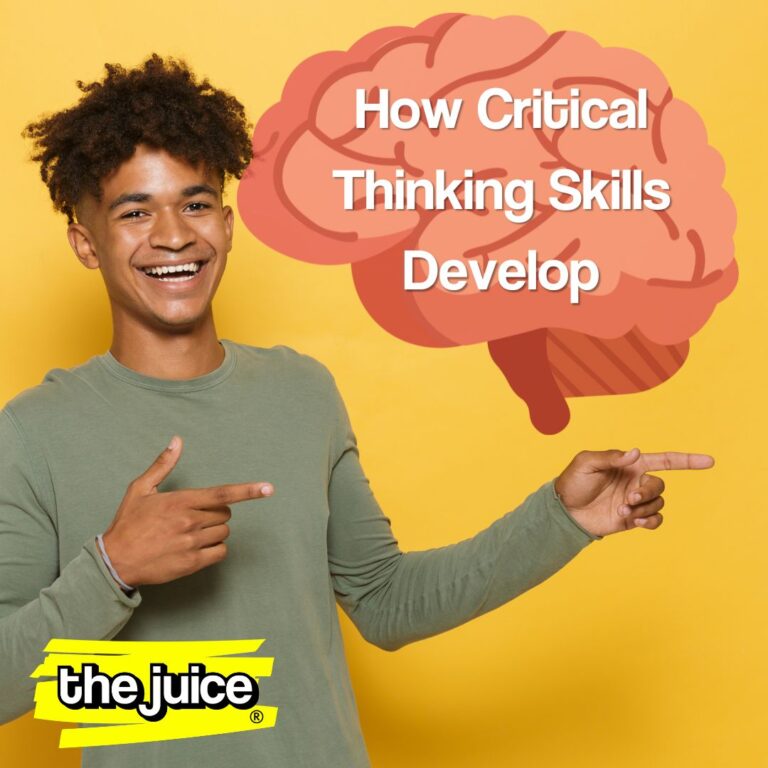The Grading Dilemma
Teachers and students can see the benefits in grading if we incorporate creative ways to test, frequently assess, and give helpful feedback.
Teachers and students can see the benefits in grading if we incorporate creative ways to test, frequently assess, and give helpful feedback.
We reached out to students across the country to ask what advice they would give teachers. Here is some candid, thoughtful, and reassuring advice from them.
Five middle and high school students describe what makes classroom learning content fun, valuable, and engaging.
Unlike static textbooks, current events keep our students engaged and informed in classroom learning while enhancing their comprehension and media literacy.
Critical thinking is one of those terms we use a lot but aren't always 100% sure what it means. Here's what it is and why it is important.

Understanding how to foster these critical thinking activities with students starts by understanding their neurological development. To prepare students for the opportunities and challenges that await them, teachers need to understand how higher-order thinking skills are developed.
Success in the 21st Century world and economy demands our students learn these 12 critical skills.
How can we ensure a future informed electorate with a deep capacity for critical thinking, civic engagement, empathy, and curiosity? Simple. Teach current events.